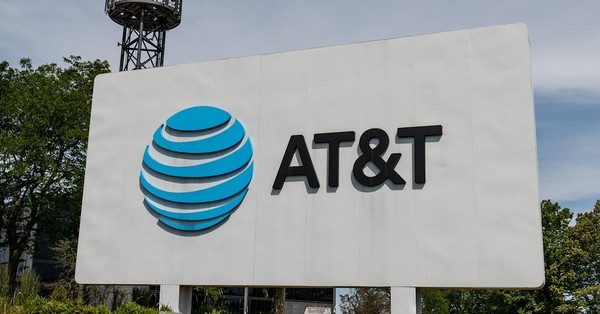MFA, the industry Alliance supporting private network adoption, today announced that it is launching a new resource center on its website for enterprises to gain access to tools that will aid their 3GPP-based private network deployments and to highlight private networks globally. Enterprises can access these tools to simplify their own private network deployments and to learn about available spectrum options in their region.
“The connectivity requirements of enterprises are becoming more complex, with thousands of devices on a network conducting business-critical applications,” said Mazen Chmaytelli, president, MFA. “MFA is a leading industry resource for enterprises looking to understand the benefits and opportunities of 3GPP-based private networks for their business. Our mission is to make it as easy as possible for enterprises to deploy their own private network in any spectrum, and we are providing the tools and resources to help them facilitate that and achieve their digitalization goals.”
As part of its new private networks resource center, MFA is launching a private network tracker in partnership with industry analyst firm, Mobile Experts. The tracker provides insight into the state of private networks across various industry verticals and enterprises as well as regions where private networks are gaining ground.
“As of the end of June 2022, Mobile Experts estimates that more than 2,800 private LTE and 5G networks have been cumulatively deployed,” said Kyung Mun, principal analyst, Mobile Experts. “We also forecast that the private cellular equipment market will grow 12-15% this year to $1.9B and continue to ramp as the industrial device ecosystem scales. We also see that additional regulators are taking their cue from early actions in Germany, Japan, USA and the UK to make available dedicated private 5G spectrum. MFA will be providing ongoing updates on private network deployments globally so enterprises can learn about trends and best practices.”
Uni5G Technology Blueprints available for enterprises
MFA has also made its Uni5G™ Technology Blueprints publicly available for any enterprise to download. The blueprints leverage 3GPP 5G standards to define profiling and classification requirements for private networks. Enterprises can use the blueprints as a tool with their vendor of choice to let them know which select features their devices need to implement. The initial set of blueprints is based on 3GPP Release 15, and the next set of blueprints based on Release 16 and beyond are under development.








































